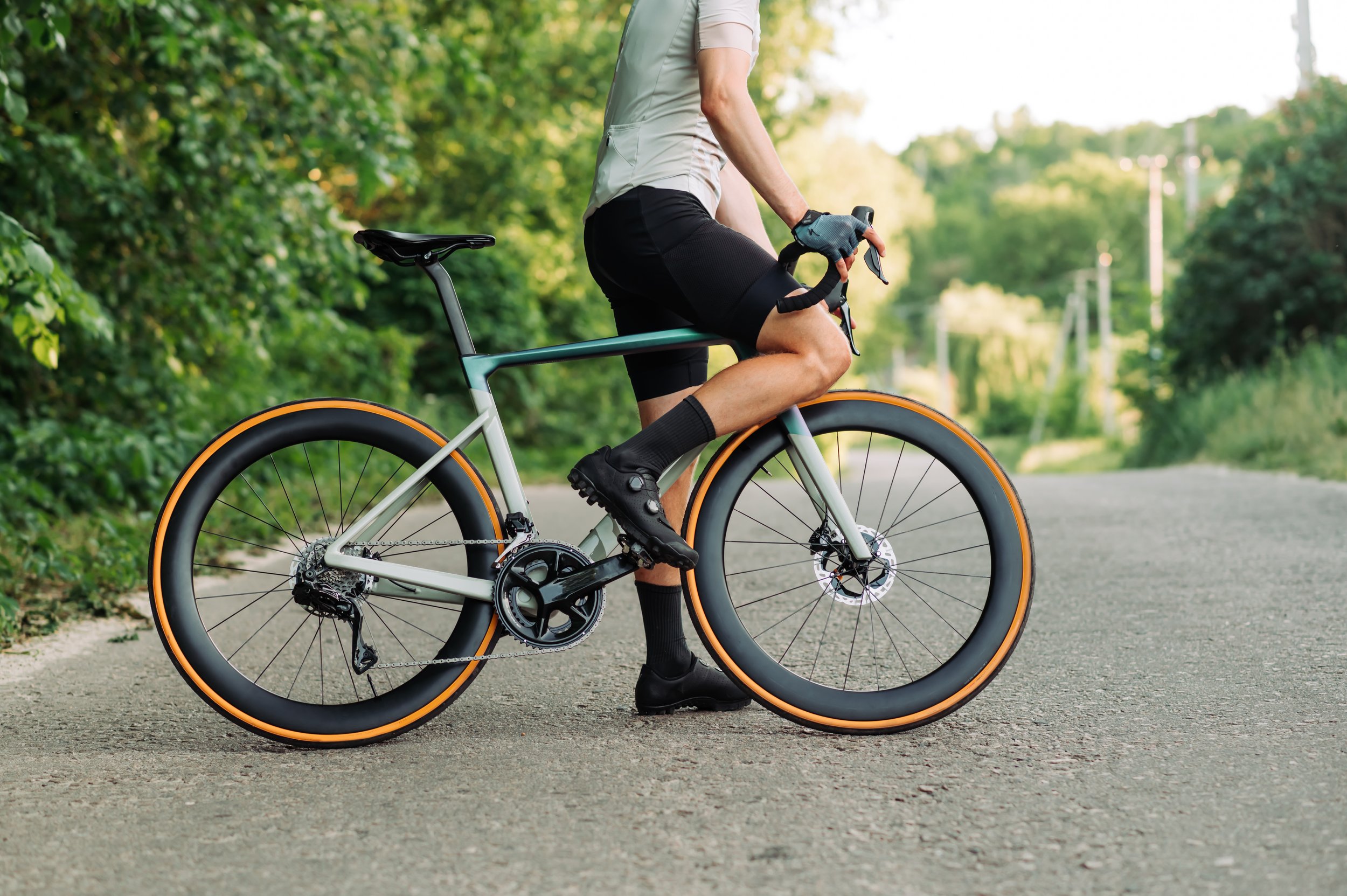
Why The Trail
By providing connections among localities in Hampton Roads, this ambitious multi-use trail project will open up a world of health, productivity, equity, and adventure to hundreds of thousands of Virginians and visitors.
Bicycling in America – as well as in Virginia – has become a popular leisure activity that has seen increasing interest and use during the last several years.
The COVID pandemic accelerated this trend. Biking is not only a popular sport, but cycling has become a great alternative mode of transportation. Localities have been investing in multi-use trails in recent years to support the increase in demand.
And for good reason. Multi-use trails help attract and retain young professionals. Biking and walking activities have universal appeal. Multi-use trail access can directly improve local social equity. Trails increase access and mobility for local communities, provide healthcare savings, and enhance employer and employee attraction. For all these reasons and more, trails deliver a positive return on investment.
The approximately 94 miles of TRAIL757, as a network and an alternative transportation system, will connect residential neighborhoods, parks, churches, recreational facilities, retail establishments, hospitals and doctors’ offices, workplaces, tourist attractions, historical sites, and educational institutions throughout the Hampton Roads region.
TRAIL757 will run through suburban and urban (as well as rural) environments and, as a result, provide residents with an alternative transportation system that can be used for commuting purposes.
When complete, the greater regional trail system (including the Virginia Capital Trail, TRAIL757, the South Hampton Roads Trail, and other planned and existing trails) will encompass some 190 miles, making it the longest continuous multi-use trail system in Virginia.
Health and Safety
Multi-use trails encourage active lifestyles, leading to healthier communities. Study after study shows the health benefits of multi-use trails like TRAIL757. Studies have shown:
Physical Health: Regular use of trails for exercise reduces obesity rates and associated health issues. Even 20-30 minutes a day of moderate-intensity exercise—like walking and biking—can be beneficial.
Mental Health: Access to natural spaces and outdoor activities improves mental health and wellbeing.
Social Cohesion: Trails provide spaces for social interaction and community events, strengthening social ties and community cohesion.
Health Benefits: Access to trails encourages physical activity, leading to healthier lifestyles. This can result in lower healthcare costs and increased productivity for businesses.
Providing spaces for physical activity can help address health disparities. Communities that lack recreational facilities can benefit from these trails, which offer a free or low-cost option for exercise and outdoor activities.
Multi-use trails also enhance transportation, offering sustainable and efficient transportation alternatives, reducing traffic congestion that can lead to accidents.
Economic impact
Photo by Mary Ann Woodard
Across the nation, localities have witnessed the transformative effects of multi-use trails including:
Strengthening tourism
Increasing local businesses' revenue
Enhancing property values
Lowering transportation infrastructure costs
Providing talent attraction and retention
Creating community engagement
Creating new job opportunities in construction, maintenance, and businesses that pop up along these trails
Helps with Attraction and Retention
Multi-use trails contribute to a higher quality of life by providing recreational and commuting options, which are a significant factor in attracting and retaining companies and talent:
Lifestyle Appeal: For many professionals, especially younger workers, lifestyle factors such as the availability of outdoor activities are a major draw. Trails enhance the attractiveness of a city or region.
Environmental Consciousness: Trails signify a commitment to sustainable and environmentally friendly practices, appealing to environmentally conscious individuals.
Work-Life Balance: Easy access to recreational activities helps in maintaining a healthy work-life balance, which is a key factor for many when choosing where to live and work.
Enhanced Local Environment: Businesses are more likely to relocate to or invest in areas with good recreational infrastructure as it improves the overall attractiveness of the area.
Employee Wellbeing: Companies are increasingly aware of the importance of employee wellbeing. Proximity to trails can be a selling point for businesses looking to improve their employee benefits.
Corporate Responsibility: Aligning with green initiatives like trails can bolster a company's positioning on corporate social responsibility.
Equity
Equitable Access
Multi-use trails can improve access to transportation and essential services for communities that are often underserved by traditional public transit systems. Data from the Census Bureau has suggested that bicycling and walking are common as a means of commute to work at lower income levels. Safe trail accessibility is particularly important for low-income neighborhoods where residents may not have access to private vehicles.
Social Inclusivity
Multi-use trails often pass through diverse neighborhoods, fostering interaction among different communities. This can lead to greater cultural exchange and a sense of shared community.
Inclusive Planning
Including multi-use trails like TRAIL757 in urban planning demonstrates a commitment to creating spaces that are accessible to all citizens, regardless of age, ability, or socioeconomic status. This approach to city development considers the diverse needs of the entire community.



